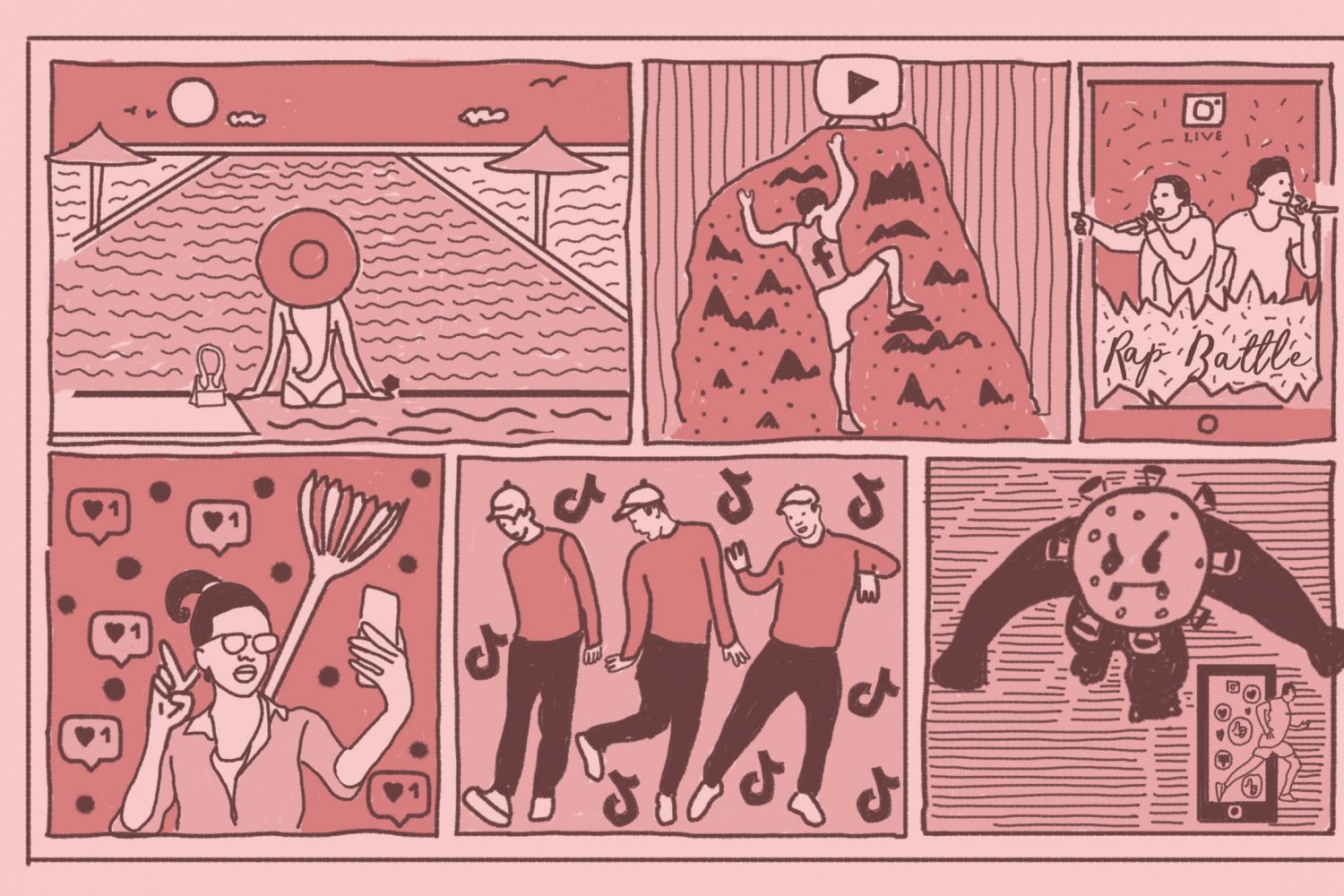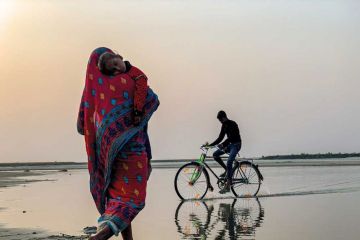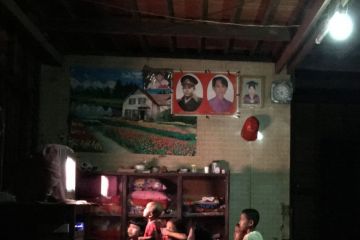
On February 21, 2019, Sonam Babani posted a picture from the first class suite on board
Emirates airlines. Wearing jeans, a t-shirt and a flat straw hat, she gazed out of the window. It was a study in perfect choreography and Babani, the 27-year-old behind @fashioneiress, shared the post to her 100k followers on Instagram. “22
flights in 30 days,” she captioned it. As a partner with some of the biggest names in the fashion and beauty industry from Dior to Nykaa, Babani lived a jet-set l
Continue reading “Social in the time of isolation”
Read this story with a subscription.





